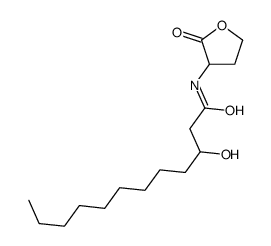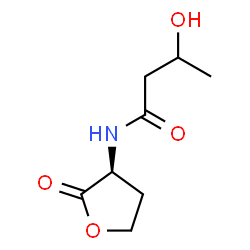| Structure | Name/CAS No. | Articles |
|---|---|---|
 |
N-(3-Hydroxydodecanoyl)-DL-homoserine lactone
CAS:182359-60-0 |
|
 |
N-(3-Hydroxytetradecanoyl)-DL-homoserine lactone
CAS:172670-99-4 |
|
 |
N-3-hydroxybutyryl-L-Homoserine lactone
CAS:1325550-06-8 |